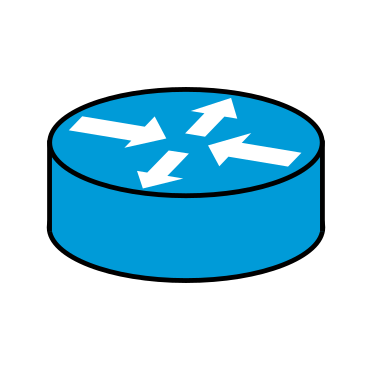I’ve had Frontier fiber internet for the past 2-ish years. No complaints at all, but the nerd in me desires IPv6. I have the Frontier provided ONT device but declined their router. I have a MikroTik RB5009 which has been “searching” for an IPv6 prefix.
Anyway, I found this link during my research some time ago, and it finally looks like Frontier is enabling IPv6 for people.
I’m still not sure I’ll be able to get it until I get the settings just right, but thought I’d share.


Some ISPs use SLAAC instead of DHCPv6, maybe that’s the case for you? To enable it, you’ll need to run
/ipv6/settings/set accept-router-advertisements=yesand reboot. The current RouterOS beta also lets you pick which interfaces to allow SLAAC on.Thanks. I tried that and still no luck. MikroTik has a lot of moving parts for IPv6 so I might start from scratch since I’ve tried changing so many things.
It might be worth doing a packet capture on your WAN, you can stream it straight to wireshark’s udpdump, and look if there’s any sort of reply to DHCP or any RA broadcasts, you can just use
ipv6as a filter.Also come to think of it, DHCPv6 is usually still used for your prefix so that should work regardless of SLAAC. SLAAC is often just used for your default routes and the router’s own IP (as allocating that from your prefix manually is often considered a misconfiguration).
Nothing really stuck out when I did this. I also tried to Torch my WAN port from WinBox, but didn’t see anything. I’m not quite sure what to filter for there. I’m not very well versed in this sort of thing.
Ahh okay, could you at least see your router trying to request an IPv6? You might have to disconnect and reconnect the WAN while the packet capture is going.
I’m still not seeing anything, but it dawned on me that’s probably to be expected since my WAN port (ether2) isn’t part of my main bridge (bridge1)…
So, I tried including ether2 in bridge1, but didn’t see anything different. I disabled and enabled ether2 but that didn’t make anything pop up on wireshark.
In addition to following this guide that you linked I also tried filtering for
ipv6. I also triedudp.dstport == 37008. No results there.Oh well, I’ll just keep waiting and watching!
Your WAN shouldn’t be part of your bridge. Are you getting any traffic in Wireshark? You do also need to enable packet sniffer on the router and point it to the IP of the computer you’re running Wireshark on.
Ah, thanks. Now I’m seeing lots of stuff when filter
ipv6, but it all seems to be local. I replugged ether2 during the capture but nothing stands out. Lots of MDNS, ICMPv6, DHCPv6, and MNDP listed for Protocol. Source is always fe80::xxx, Destination is always ff02::…Yeah thats normal, fe80:: is link local, ff02:: is broadcast. Is the source always your router’s address, or is there another addresses there? DHCPv6 and ICMPv6 (for SLAAC), are the important protocols there.